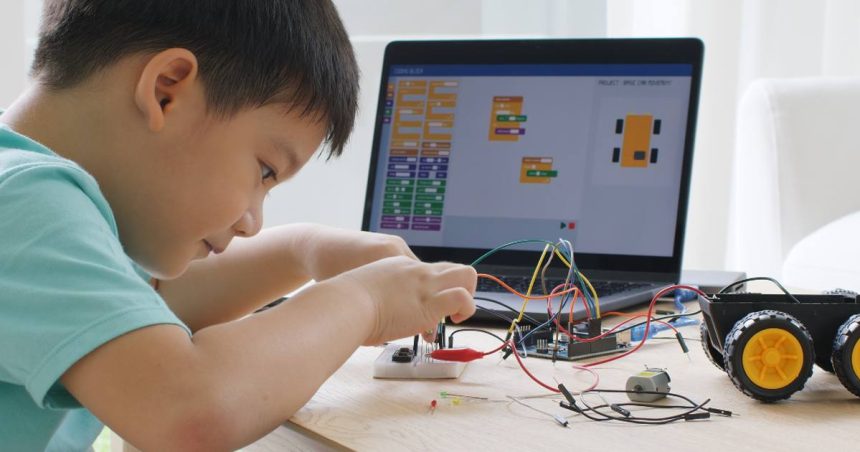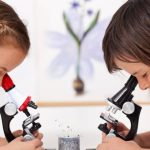Eighty-five per cent of STEM education in Australian schools is based on a ‘products and processes’ approach dominated by robotics and coding, a new Australian Catholic University-led study shows.
Researchers have called for STEM education to be more authentic to students’ lives and better aligned with real-world problems and the desire among students to advocate for positive change.
The study – Learning contexts and visions for STEM in schools – involved input from 88 principals and 119 teachers from primary and secondary schools across all sectors, revealed a ‘risk-averse’ approach to STEM education with concerns about tackling ‘hard’ topics like climate change, genetics, eugenics, and food production to avoid backlash in the school community.
Upskilling teachers needed
Lead author, ACU mathematics, science, and technology expert Associate Professor Mellita Jones, said STEM education tended to focus on the decontextualised use of digital technologies such as Lego Robots, Spheros, and Bee-Bots, and the development of basic products and processes of science and design technologies.
“Our analysis shows STEM teaching and learning is predominantly devoid of links to authentic contexts or related to curriculum topics which have little relevance to students’ lives,” Associate Professor Jones says.
“We need to upskill teachers to deliver authentic STEM education. We need learning which explores and acts on local and global issues and empowers students to make informed and socially just decisions about their own and others’ futures.”
As the world faces what Associate Professor Jones says are “so many STEM-related crises”, she says STEM is increasingly being called upon to examine and present solutions.
“If we don’t change the way STEM education is delivered and embrace the ethical dimensions with which it is associated, then Australia will struggle to contribute anything of significance to address real world problems.”
The research, published in the International Journal of Science Education, found 84.5 per cent of the responses indicated STEM education aligned with a Vision 1 perspective, 9.1 per cent were categorised as Vision 2, and 6.4 per cent met the threshold for Vision 3.
In the Vision 1 category, 54.5 per cent of teaching and learning examples were based on coding and robotics, while 29.5 per cent focused on skills-based approaches. Content was largely restricted to Australian Curriculum science and mathematics topics and themes such as forces, energy, and environment, and measurement. The researchers called for a new approach to STEM education labelled Vision 4.
“Building on the visions with a fourth approach will engage learners as activists and promote their local and global participation in the social and political aspects of STEM-related issues.”
Real-world STEM education is vital
Co-researcher and ACU mathematics education expert Professor Vince Geiger says such an approach was vital for students to have the skills and knowledge necessary to form an active and informed citizenry.
“STEM subjects are incredibly important when it comes to preparing the citizens of the future. We need informed and responsible critical thinking and action on significant local and global issues including environmental crises and disruptions like pandemics,” Professor Geiger says.
“The reality is students want to engage with significant issues and should be supported to act on and call upon others to join them to address critical real-world concerns and inspire positive change. Students are very much aware that these changes are needed for the world they will inherit – it is already their problem.”








